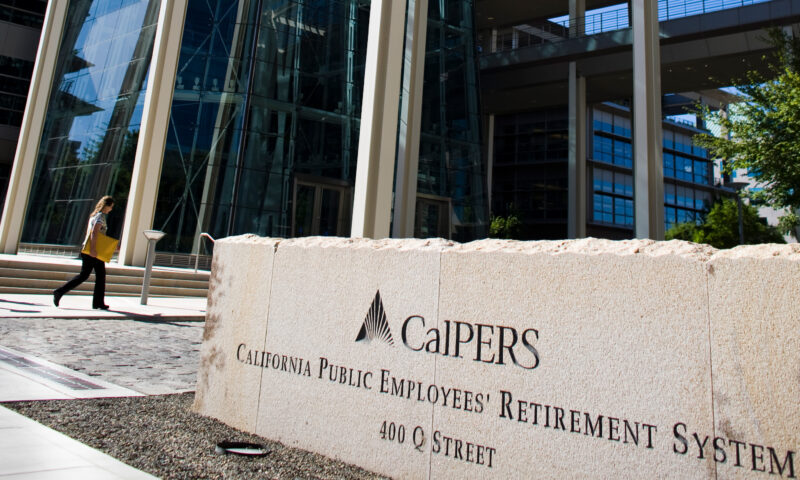

Assemblymember Tina McKinnor refused to take up the bill in a committee, for the second year in a row, as divestment movement grows.
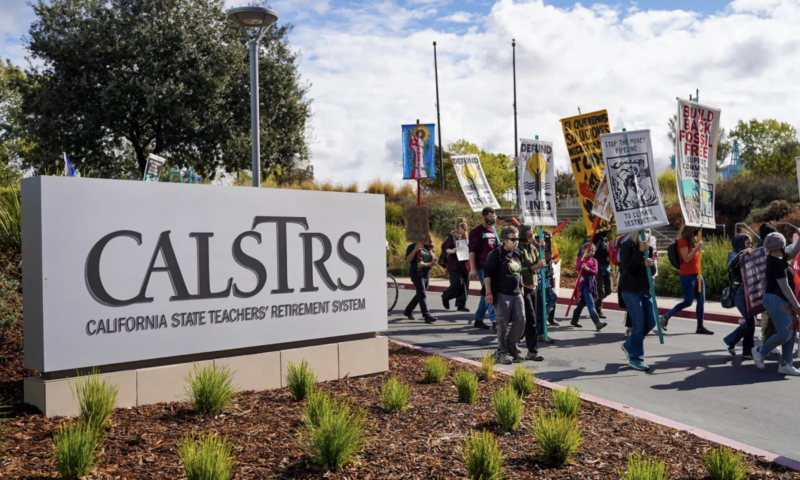
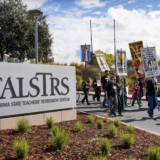
Sen. Lena Gonzalez says the state Legislature can sometimes stymie the democratic process.
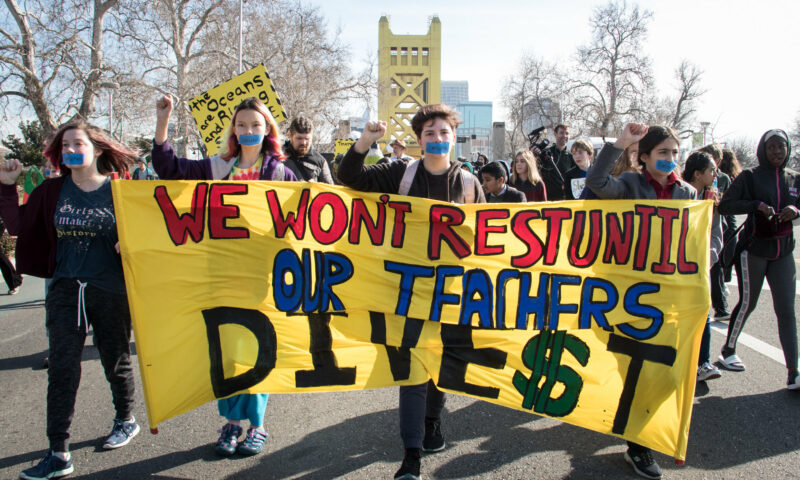

The proposed legislation would direct the state’s public pension funds to cease investment in oil, gas and coal companies.


Three bills may fall victim to a new push for more oil drilling.
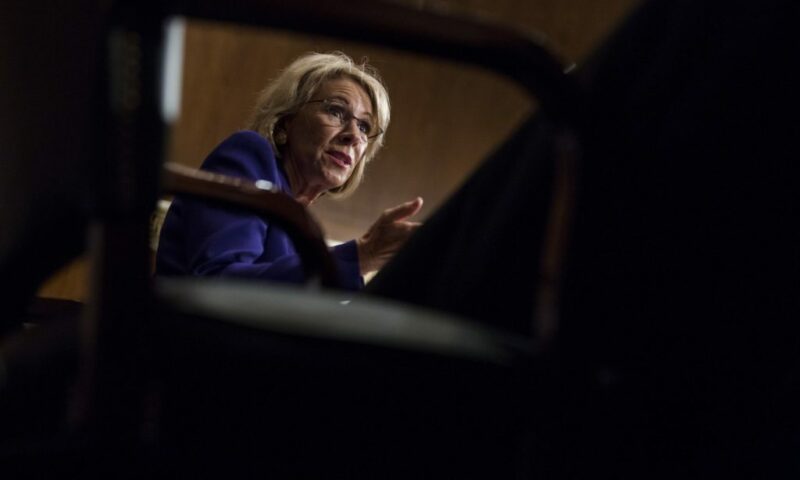

A teachers’ pension fund is in the money . . . Is a Kevin De León bill in the IRS’s crosshairs? . . . The State Board of Education greenlights yet another Oakland charter school.


Last month former San Jose mayor Chuck Reed took the first step toward offering a promised draft of a 2016 public pension cutting initiative that, he has hinted, will target the California Public Employees’ Retirement System. CalPERS manages the retirement and health benefits for more than 1.6 million California public employees, retirees and their families. Reed tried to get a pension initiative on the ballot in 2014, only to withdraw the measure when state attorney general Kamala Harris assigned it a ballot description that Reed and his allies believed would hurt their chances with the electorate.
This time, however, Reed could find his campaign in danger from an unexpected source – conservative allies who might be worried that his initiative’s very presence on the ballot will draw huge numbers of liberal and union voters – who would then also vote against conservative candidates running for local and state office.
» Read more about: Pension Cutters' 2016 Ballot Obstacle: Voters »


Capital & Main recently looked at a spate of negative headlines about public pension funds, spurred by data that State Controller John Chiang released on his new public data site at ByTheNumbers.sco.ca.gov.
Chiang has served as Controller since 2006, acting as California’s Chief Fiscal Officer. He was recently elected as State Treasurer and will switch to that office next year. In both roles, Chiang sits on the Boards of Administration for the two largest public employee funds, California Public Employees’ Retirement System (CalPERS) and the California State Teachers’ Retirement System (CalSTRS).
Capital & Main followed up with the Controller to ask about the state of pension systems in California and how those systems should be looking to the future.
[divider]
The data you posted on your By the Numbers site led to many existing critics of pension saying “See?
» Read more about: Controller John Chiang on the Future of California’s Public Pensions »
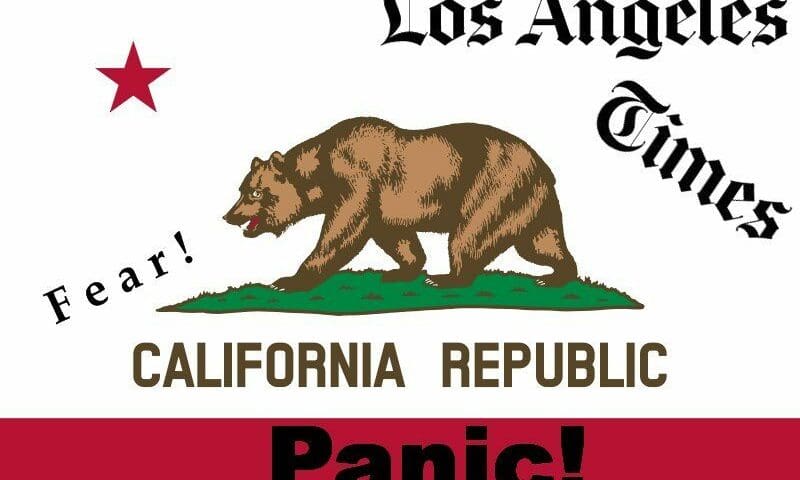
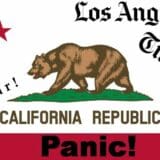
“California pension funds are running dry,” warned a recent Los Angeles Times headline.
“The unfunded liability— that’s the difference between promised benefits and projected funds to fulfill those obligations — grew from about $6.3 billion in 2003 to a little more than $198 billion in 2013,” Santa Rosa’s Press Democrat chimed in, helpfully doing the math to point out that’s a 30-fold increase in 11 years.
“The system, in short, is completely, utterly broken,” concluded the Orange County Register.
Despite nothing significant changing in the retirement plans themselves, public employee pensions are back in the news, and apparently panic is in the air.
Why? In late October State Controller John Chiang posted data on 130 state and local pension funds as part of his new By the Numbers website.
» Read more about: California Pensions: Encouraging News v. Scary Headlines »

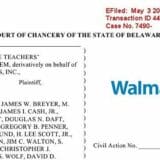
The California State Teachers’ Retirement System (CalSTRS) has filed a lawsuit against current and former members of Walmart’s board of directors, and other company officers, charging them with gross violation of fiduciary duty in connection with the company’s Mexican bribery scandal. That scandal, extensively examined by a recent New York Times feature, revealed a corporation so eager to expand its Mexican operations that it ignored findings by its own investigators sent to look into the allegations.
CalSTRS’ move takes the form of a derivative-action suit – a suit nominally brought on behalf of Walmart against individuals whose actions damage the retail giant and potentially, investors such as CalSTRS.
CalSTRS is the second largest public pension fund in the United States and holds more than 5.3 million shares of Wal-Mart, valued at $313.5 million, accounting for 0.41 percent of CalSTRS global equities portfolio.
» Read more about: Teachers’ Fund Lawyers-Up Against Walmart Brass »